In today's rapidly advancing technological society, innovations in foot health technology are gradually influencing and improving people's quality of life.
Particularly in addressing flatfoot issues, the introduction of 3D scanning technology represents a significant leap in diagnostic and treatment methods. Flatfoot, a common defect in the arch structure, is characterized by a lowered arch that causes a large area of the foot to contact the ground. This can lead to abnormal gait and related pain in the lower limbs and even the spine. Therefore, early identification and scientific intervention for flatfoot are crucial.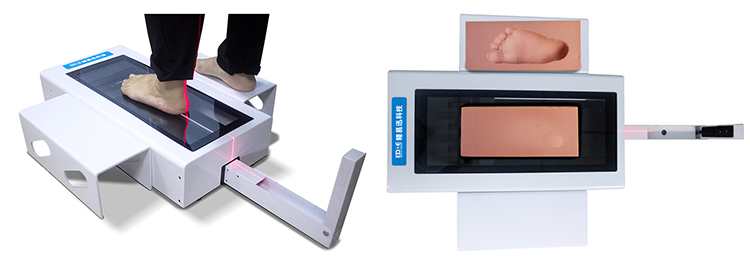
3D scanning technology, with its non-invasive and highly accurate measurement capabilities, plays a central role in the correction of flatfoot. Its specific application values are reflected in the following aspects:
Accurate Diagnosis and Assessment
3D scanning technology can quickly capture the three-dimensional shape of an individual's foot, generating detailed digital models. This process not only reveals the specific condition of the collapsed arch but also quantifies the distribution patterns of plantar pressure. This allows medical experts to accurately assess the severity and specific type of flatfoot, laying a solid foundation for the development of personalized treatment strategies.
Custom Orthotic Devices
Based on the precise foot models obtained through 3D scanning, personalized orthotic insoles or other assistive devices that perfectly match the patient's foot shape can be designed. These custom products are intended to provide precise arch support, adjust gait, and reduce the adverse effects of ground reaction forces on the feet, thereby effectively relieving pain and promoting the recovery of foot function.
Personalized Guidance for Rehabilitation Training
By combining 3D scanning data, medical professionals can design rehabilitation training plans tailored to individual differences. By analyzing the patient's foot mechanics and daily activity patterns, the most appropriate exercise intensity and sequence of movements can be formulated to enhance foot muscle strength, improve ligament elasticity, and accelerate the rehabilitation process.
Preventive Education and Health Management**
The application of 3D scanning technology also extends to health education. By visually demonstrating changes in foot structure, it helps patients understand the causes, development process, and preventive measures for flatfoot, enhancing their awareness of foot health maintenance and reducing the incidence of flatfoot and other foot problems from the source.
The application of 3D scanning technology in the correction of flatfoot has not only greatly improved the accuracy of diagnosis and the effectiveness of treatment but also promoted the development of personalized medical solutions. This has brought more comfortable and efficient rehabilitation experiences for patients. With the continuous maturation and innovation of technology, the field of foot health technology is expected to see more revolutionary solutions in the future, further improving public foot health and enhancing overall well-being.

 +86-0755-86131192
+86-0755-86131192 2024-05-24
2024-05-24 Back to list
Back to list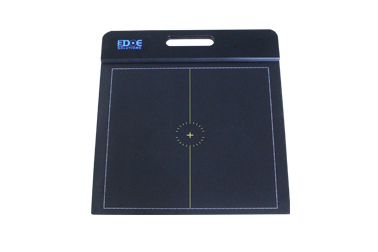
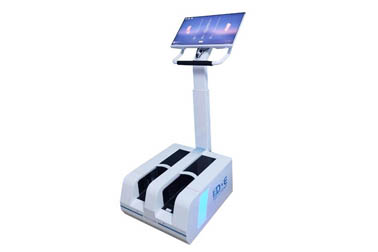
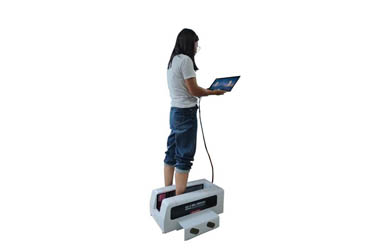
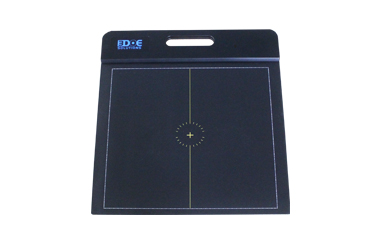

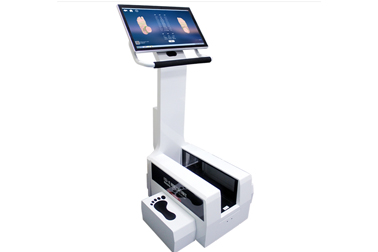



 +86-0755-86131192
+86-0755-86131192